How to Make Your Home More Energy-Efficient
/Making your home more energy-efficient is one of the smartest choices you can make as a homeowner. Not only does it help reduce your monthly utility bills, but it also plays an important role in lowering your environmental impact. Whether you live in an older house or a newly built home, there are several ways you can improve energy efficiency without major renovations. From simple changes like upgrading your lighting to more significant investments like installing solar panels, every step contributes to a greener, more sustainable lifestyle.
In this blog, we will share practical tips to help you make your home more energy-efficient. These improvements can enhance your comfort while reducing the amount of energy your household consumes.
Upgrade Your Insulation
Without sufficient insulation, your home loses heat in the winter and cool air in the summer, making your HVAC system work harder than necessary. To improve efficiency, consider adding insulation to critical areas such as the attic, walls, and floors. In colder regions, insulating the attic is especially important, as heat can easily escape through the roof. Materials like spray foam or fiberglass are effective options for boosting your home’s thermal performance.
Assess Your Roof’s Efficiency
Your roof plays a major role in regulating your home’s temperature. An old or damaged roof can let warm air escape during the winter or trap excess heat in the summer, making it harder to maintain a comfortable temperature inside. This not only increases energy consumption but also raises your heating and cooling costs.
A professional assessment by a roofing company can help you determine if repairs are needed or if upgrading to more energy-efficient materials could make a difference. Look up the keyword “roofing company near me” online to find reliable local experts to get the job done.
Some options, like cool roofs, reflect more sunlight and absorb less heat, keeping your home cooler in warmer months. Green roofs, which are partially or fully covered with vegetation, offer insulation benefits while also reducing the urban heat island effect in cities. These choices can significantly improve your home’s energy efficiency.
Choose Energy-Efficient Windows
Windows are another critical component when it comes to improving energy efficiency. Old, drafty windows can allow hot or cold air to escape, forcing your HVAC system to work harder to maintain a comfortable temperature. This not only wastes energy but also increases your utility bills.
Upgrading to energy-efficient windows can make a significant difference. Double-pane windows with low-emissivity (low-E) coatings help prevent heat transfer, keeping your home warmer in the winter and cooler in the summer. Also, using proper weather stripping and sealing around windows ensures there are no gaps for air to escape or enter. These upgrades improve energy efficiency and also make your home more comfortable throughout the year.
Switch to Energy-Efficient Lighting
Lighting accounts for a portion of your home’s overall energy use, and making small changes to your lighting can lead to significant energy savings. Replacing traditional incandescent bulbs with energy-efficient alternatives like LED or CFL bulbs can reduce your home’s electricity consumption. These bulbs use less energy and last much longer than standard incandescent bulbs, saving you money on both energy costs and replacements.
Additionally, taking advantage of natural light during the day can further reduce your need for artificial lighting. Keeping blinds or curtains open to let sunlight in brightens your home naturally and lowers your electricity use during daylight hours.
Seal Air Leaks
Air leaks can seriously affect your home’s energy efficiency. Even small gaps around windows, doors, and vents can let warm or cool air escape, making your heating or cooling system work harder to maintain a comfortable temperature. This leads to higher energy use and bigger utility bills.
To improve your home’s efficiency, check around windows, doors, and areas where pipes or cables come into the house for any gaps. You can seal these spaces using weather stripping, caulk, or foam insulation to stop drafts. Tackling these common problem areas will help reduce energy waste and keep your home more comfortable year-round.
Use Energy-Efficient Appliances
Appliances are a major source of energy use in most households. If your appliances are outdated, they likely consume more electricity than newer, energy-efficient models. Upgrading to appliances with the ENERGY STAR label can significantly reduce your home’s energy consumption without sacrificing performance.
Consider replacing older refrigerators, washing machines, dishwashers, and dryers with energy-efficient models. These appliances are designed to use less electricity and water, resulting in lower utility bills. Though the upfront cost of new appliances may seem high, the energy savings over time can make it a worthwhile investment.
Install Solar Panels
Installing solar panels is a great option for those seeking a long-term solution to boost energy efficiency. Solar panels harness energy from the sun, reducing your dependence on conventional energy sources. This can lead to lower utility bills and help decrease your carbon footprint.
Although the upfront cost of solar panels can be high, many regions provide incentives, rebates, or tax credits to offset the initial expense. Over time, solar panels can pay for themselves through the energy savings they provide. Moreover, homes with solar panels often see an increase in property value, making it a financially sound and eco-friendly investment.
Upgrade to Energy-Efficient Heating and Cooling Systems
Your heating and cooling system accounts for a major part of your home’s energy use. If your system is old or inefficient, upgrading to a more modern, energy-efficient model can have a big impact on your energy consumption. However, the key to making sure your current system runs efficiently is regular maintenance. This may include changing air filters and scheduling annual inspections.
All in all, creating an energy-efficient home is an ongoing process, but it starts with simple changes that make a big difference. Whether you upgrade your insulation, seal air leaks, or invest in smart appliances, each step helps reduce energy consumption and lowers your utility bills. Improving your home’s efficiency isn’t just about saving money—it’s about living sustainably and reducing your environmental impact.
By making these changes, you'll create a more comfortable home while also doing your part for a greener future. The decisions you make now can have long-lasting benefits, not just for your home but for the planet, too.
About the Author:
Tahir Quaid Johar is a Blogger, Author, Marketing and SEO Specialist with a passion for creating content on Lifestyle and such prevailing topics to educate the readers and helping them to learn and enhance their thinking process.
Please share your comments on this article in the comments section below! All comments containing hyperlinks will be removed.







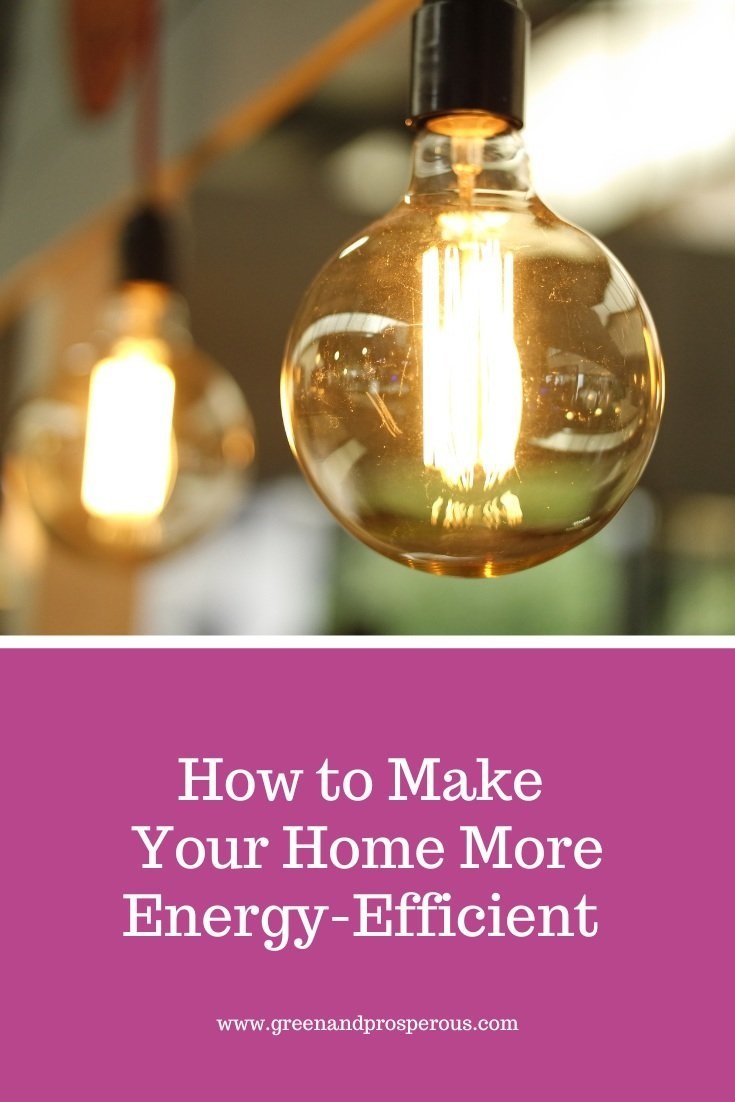



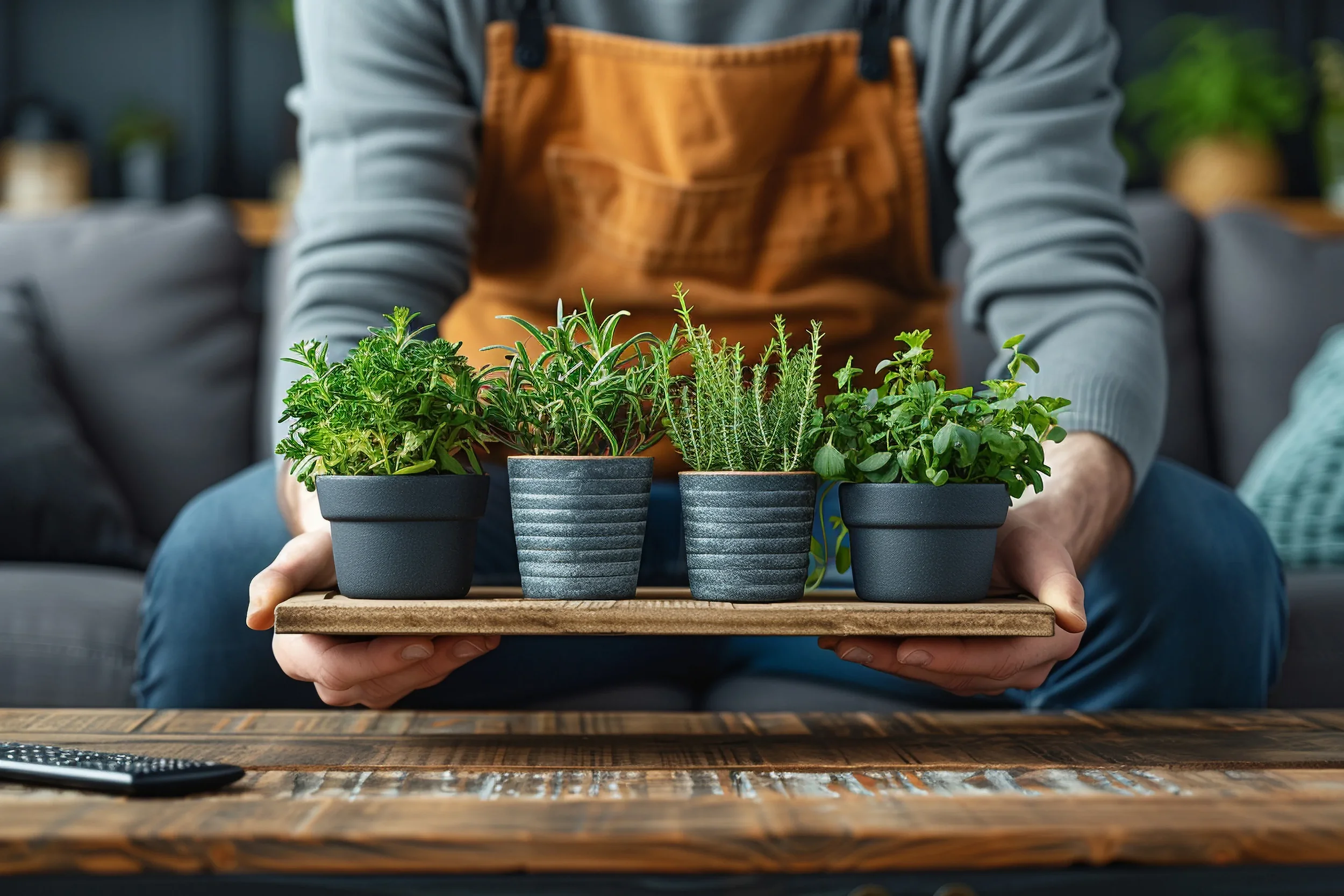







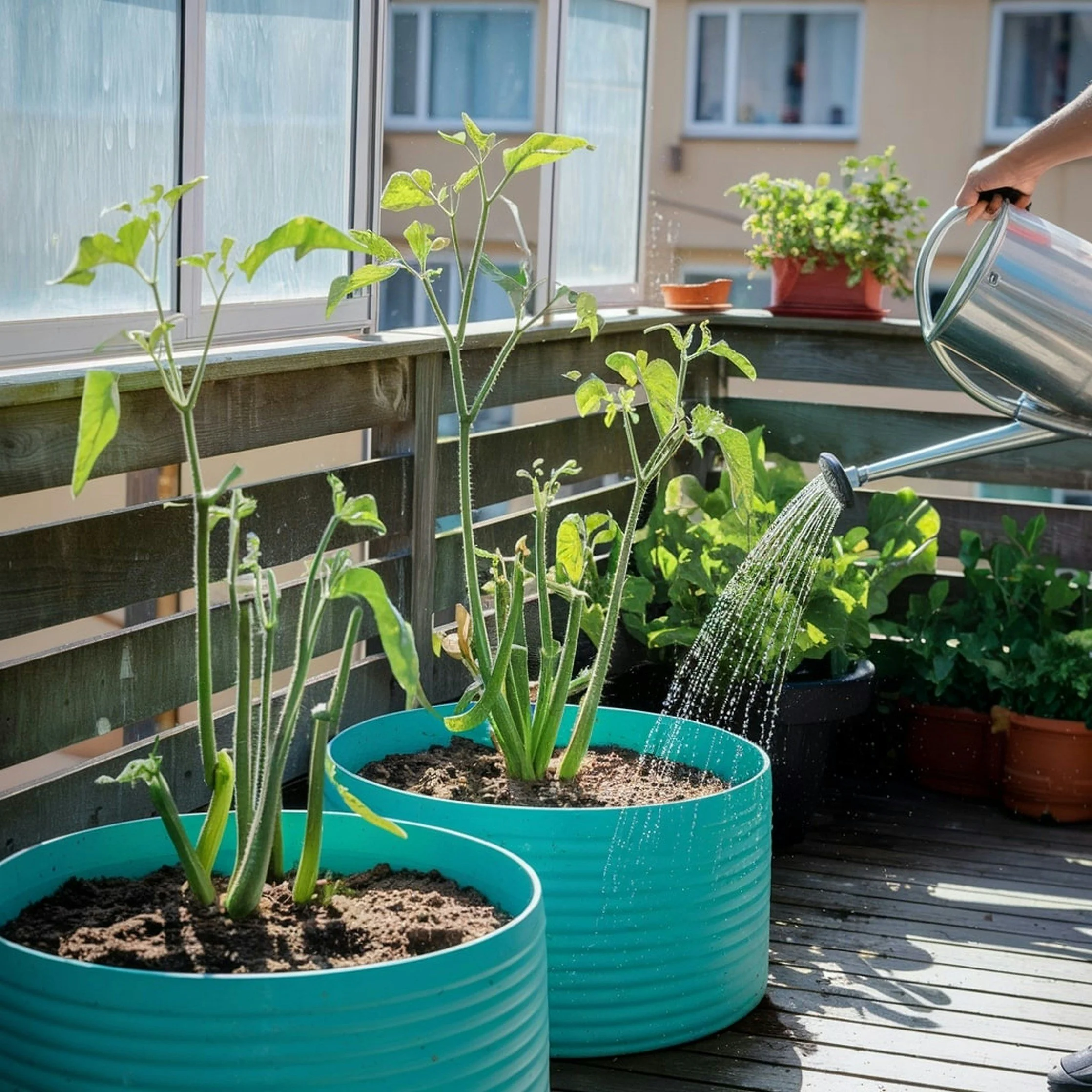
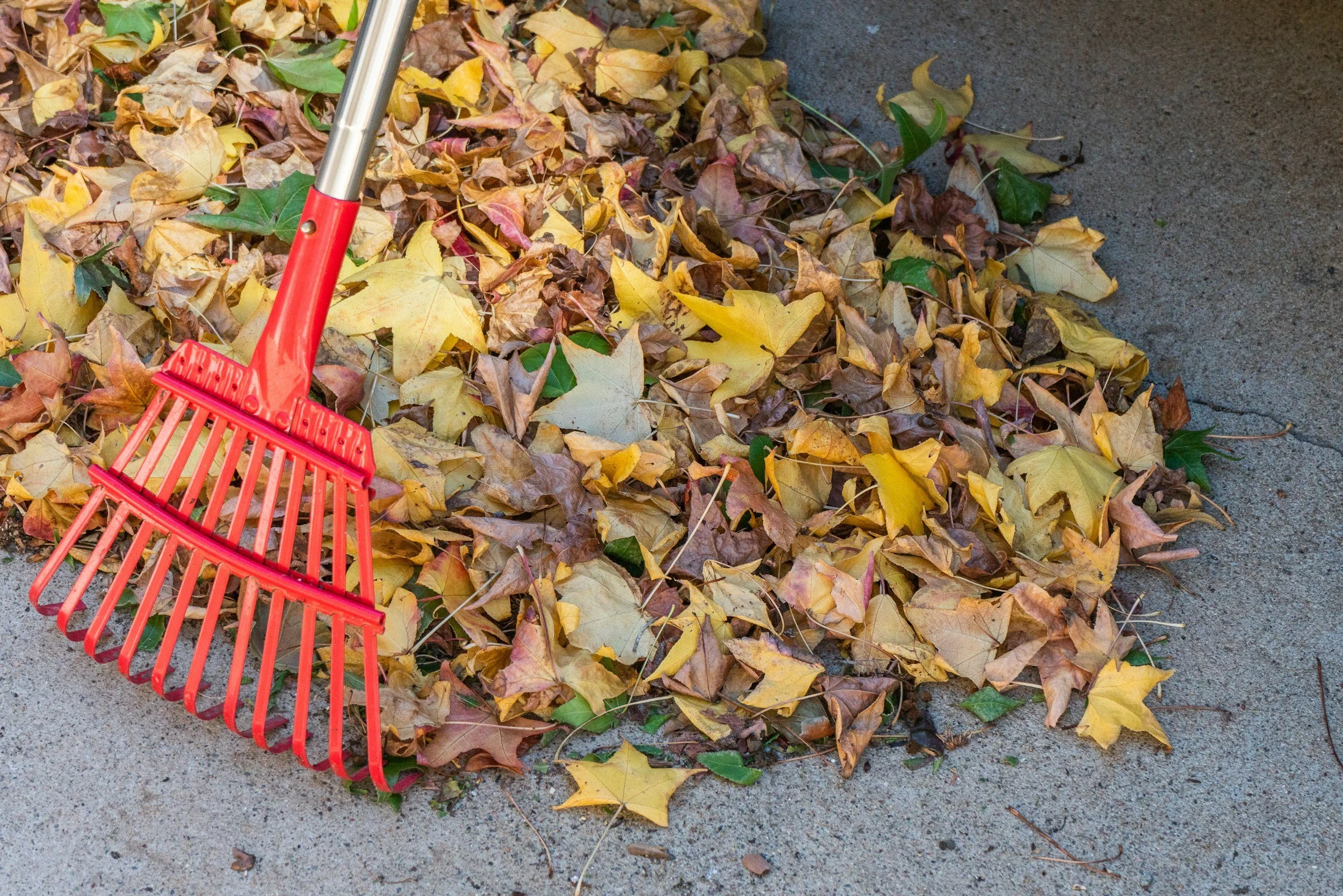




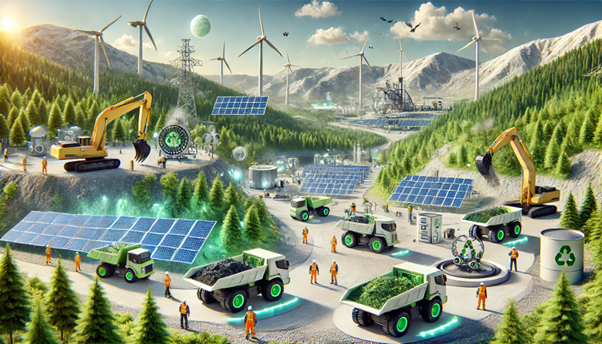

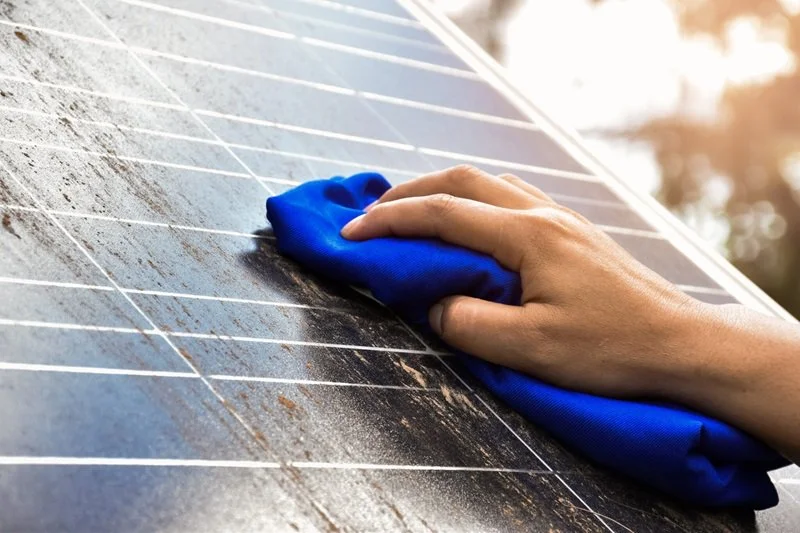










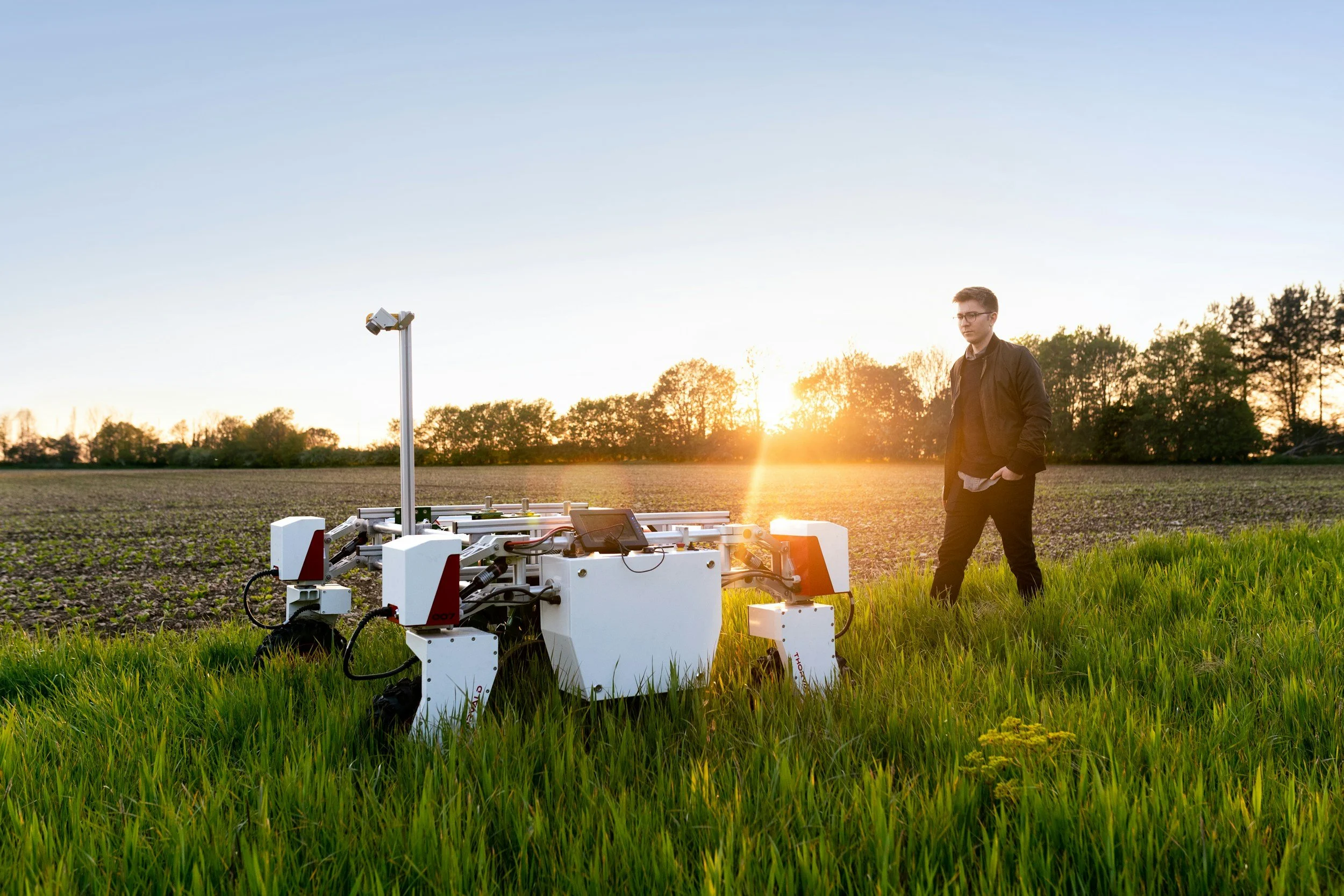





Many people recognize that our society has reached a point of environmental urgency. Without taking measures now, the irreversible effects of climate change could prove disastrous for generations to come. Therefore, citizens and businesses alike need to find ways they can make sustainable adjustments, whether that’s turning to green energy as a whole or finding smaller ways to make a difference